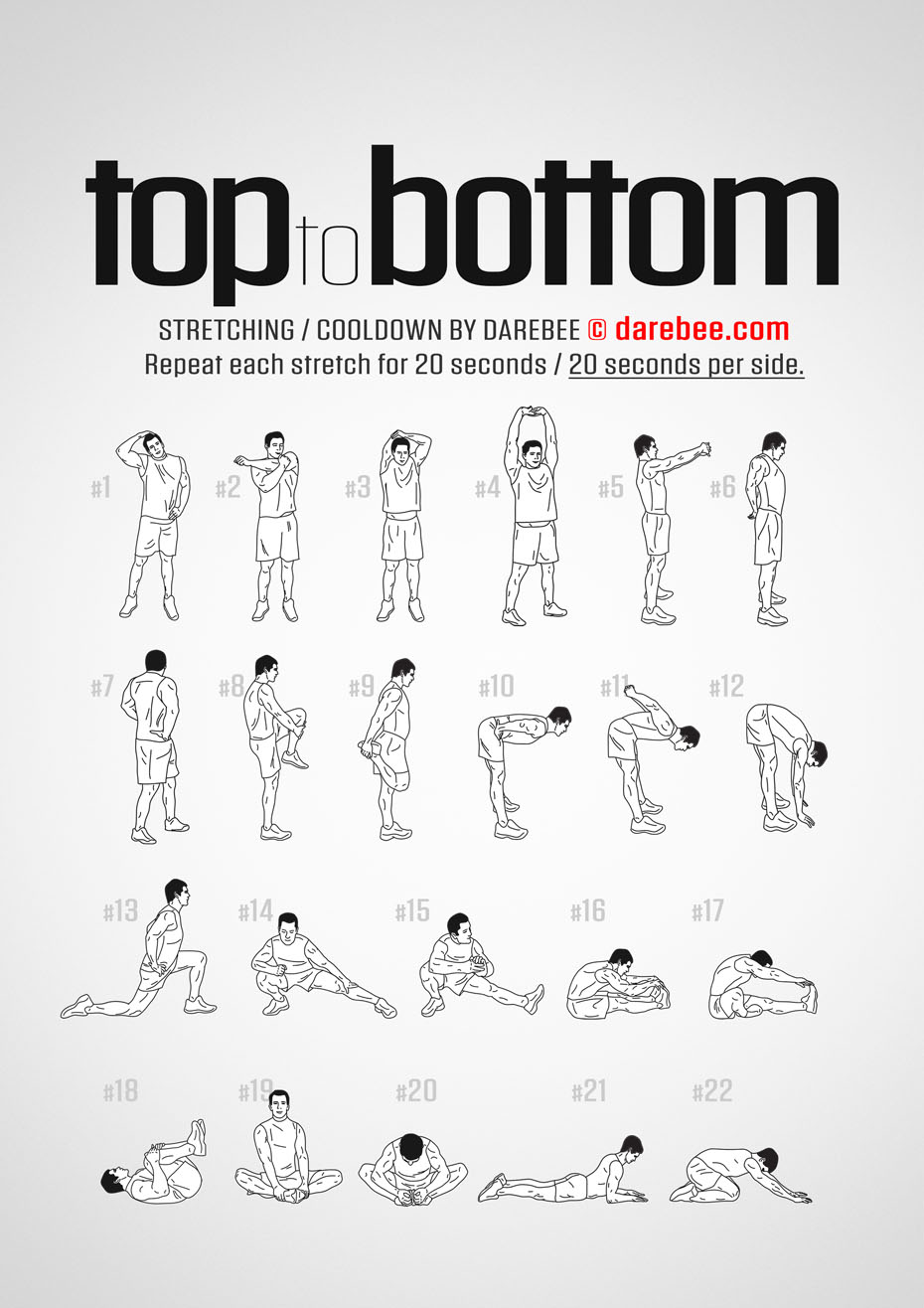
Resistance bands -- known for their effectiveness, affordability and versatility -- are a fantastic tool for boosting strength in your buttocks and hips. Whether you're working out in the gym, at home or on the road, band use is a perfect complement to your glute training program. For safety purposes, use a band based on your current fitness level and check the band for tears before using it. Round off your routine with a glute stretch to reduce post-workout soreness.
Leg Lifts to the Rear
To perform this exercise, stand 2 to 3 feet from a wall. Place your hands on the wall for support after looping the band around your thighs and tying the ends of the band together. Position the band just above your knees and stand with your feet comfortably set apart. Straighten your back, align your head over your spine and engage your abdominal muscles as you extend your right leg behind you. Hinge your torso forward slightly and lift your right leg upward against the band’s resistance. Raise the leg as far as possible without arching your lower back. Your left knee should remain slightly bent. Lower the right leg to its initial position, and then repeat the leg lift 10 to 15 times before switching to the left leg. For greater resistance, position the band around your ankles.
Squats
Intensify the outcome of traditional squats by working with a band. Grasp one end of the band in each hand and stand with your feet shoulder-width apart on top of the middle portion of the band. Straighten your back, engage your abdominal muscles and direct your toes forward. Draw your hands up to your hips or shoulders, taking care not to arch your lower back. Bend your knees and slowly lower your buttocks into a squat with your knees over your insteps. Maintain a straight spine and allow your glutes to jut backward. Ideally, your thighs will be almost parallel to the floor, but don’t allow your knees to extend beyond your toes. Slowly rise to your initial position, and then repeat, completing 10 to 15 squats. To increase the challenge, add a lateral leg lift after you rise from the squat.
Bridge
Tie a resistance band around your thighs and lie on your back with your knees bent. Flex your feet and rest your heels on a raised surface, such as an exercise step or low stair. Your feet should be slightly more than hip-width apart. Extend your arms along your sides with your palms pressing into the floor. Open your thighs and knees as much as possible, working against the band’s resistance. Dig your heels into the raised surface as you raise your hips into a “bridge” position with your shoulders on the floor and your neck relaxed. Hold the raised position for 5 seconds, and then slowly release back to the floor. Repeat 10 to 15 times.
Lateral Shuffle
With the band tied around your thighs, stand with your feet slightly wider than hip-width apart and your toes directed forward. Clasp your hands together in front of your chest. Tighten your abdominal muscles and sit into a squat with your thighs almost parallel to the floor and your knees over your insteps. Maintain the squat position while stepping to the right with your right foot. Draw your left foot toward your right foot. Repeat the exercise, stepping five times to your right, and then reverse the direction of your shuffle, taking five steps to your left. Keep your shoulders and hips square throughout the exercise.
Judy Fisk has been writing professionally since 2011, specializing in fitness, recreation, culture and the arts. A certified fitness instructor with decades of dance training, she has taught older adults, teens and kids. She has written educational and fundraising material for several non-profit organizations and her work has appeared in numerous major online publications. Fisk holds a Bachelor of Arts in public and international affairs from Princeton University.
MORE MUST-CLICKS:
Original article and pictures take woman.thenest.com site












